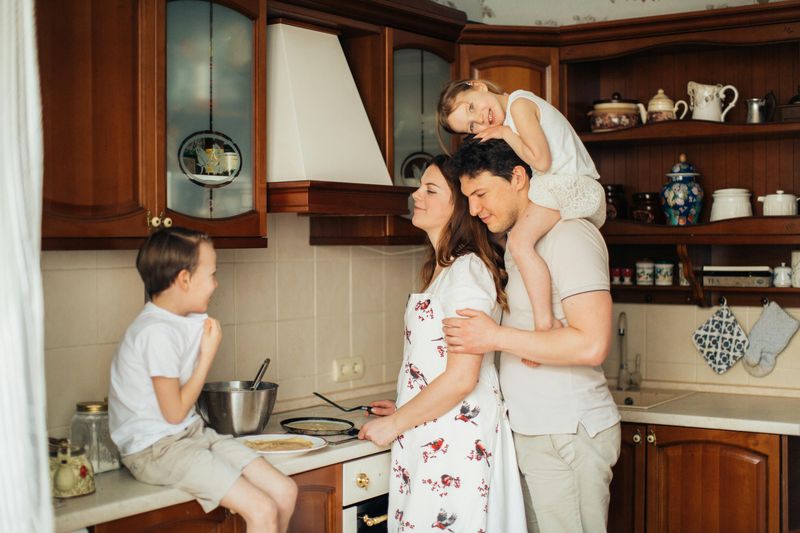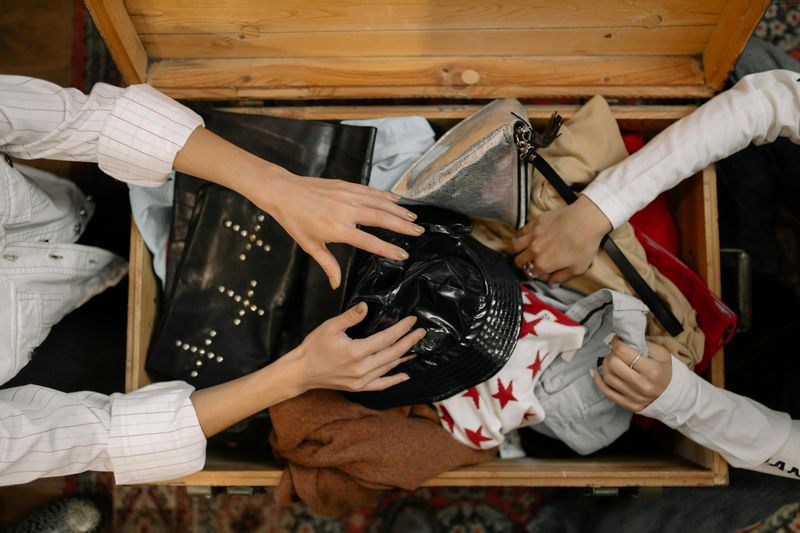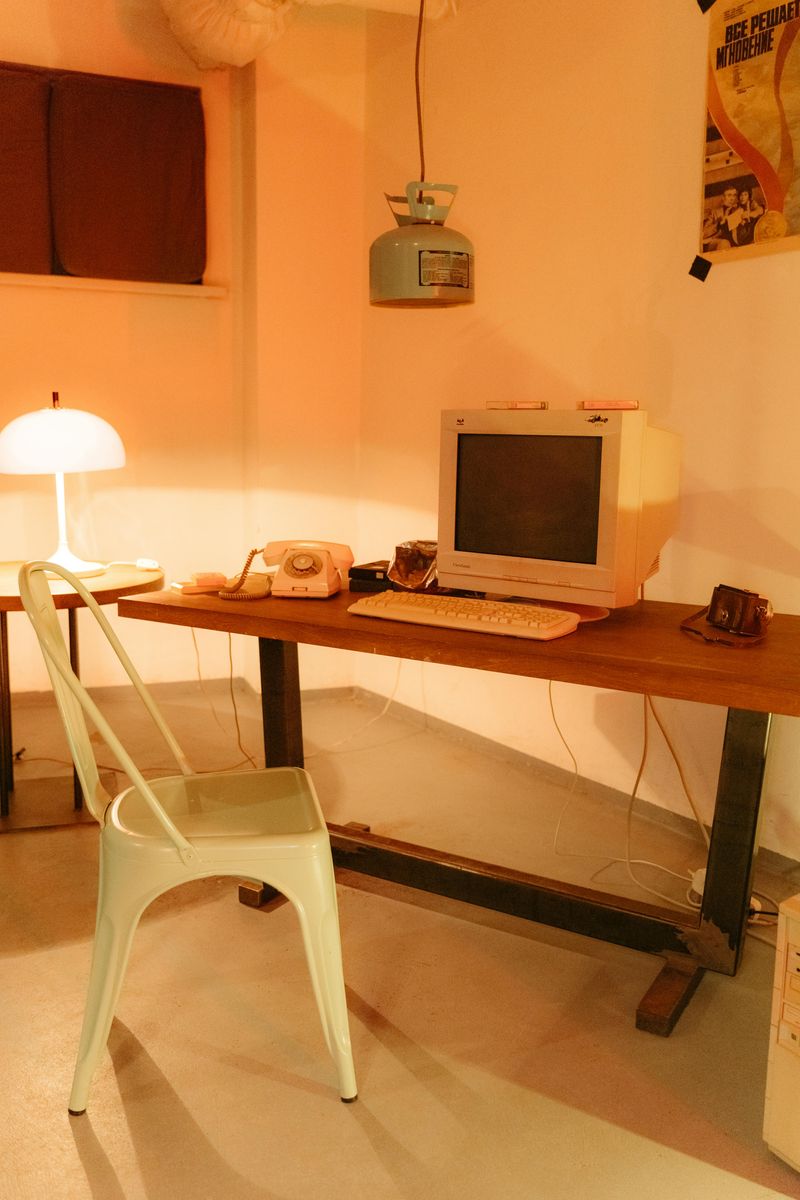12 Things Only People Who Grew Up Middle-Class Understand

Growing up in the middle class was a unique balancing act. You weren’t scraping by, but you also weren’t living in luxury. It meant your family had just enough for the essentials, sprinkled with a few little splurges when the timing was right. Looking back, there’s a special set of quirks and habits that defined the middle-class experience.
1. Vacations That Weren’t Really Vacations

Vacations weren’t about luxury; they were about adventure and economy. Flying to far-off destinations wasn’t on the agenda. Instead, the family loaded up the car and hit the road, exploring nearby places.
Camping trips filled with campfires and marshmallows, or budget motels where the highlight was a free breakfast, were the norm. These trips were less about relaxation and more about family bonding and making memories on a budget.
While these weren’t the exotic vacations some dreamed of, they were cherished nonetheless. The excitement of roadside attractions and the joy of discovering new places were unmatched, leaving lasting impressions and stories to be told for years.
2. Hand-Me-Down Everything

The concept of ‘new’ took on a whole different meaning when everything was handed down. From clothes that had seen multiple siblings to bikes that had been patched and repaired, the cycle of hand-me-downs was endless.
Sometimes you got lucky, and the hand-me-down was exactly what you wanted. Other times, you learned to get creative with fashion, turning outdated styles into something uniquely yours.
Furniture also had stories, passed down from one family member to another. While it might not have been what you dreamed of, there was something comforting in knowing it had history and character, adding warmth to the home.
3. The ‘Name-Brand Once in a While’ Thrill

The rare thrill of encountering a name-brand product was a highlight. Most days, generic cereals filled the pantry, but occasionally, a box of Froot Loops would appear, transforming breakfast into a celebration.
In the world of sneakers, wearing Nikes was akin to sporting a badge of honor. These moments weren’t just about the products; they were about the feeling of being special, if only for a day.
It was a reminder that luxury wasn’t the norm, but when it did make an appearance, it was savored with delight and appreciation. The thrill of such treats was a cherished memory of growing up middle-class.
4. Big Purchases Were a Big Deal

Major purchases were met with a mix of excitement and meticulous planning. A new TV or piece of furniture meant family discussions, saving plans, and extensive research.
Months of anticipation led up to the purchase, each family member eagerly awaiting the new addition. These weren’t impulsive buys; they were investments in family life.
Once the big purchase arrived, it was celebrated. The family gathered around the new TV or enjoyed the comfort of a new sofa, creating new memories. Each purchase was a testament to careful planning and the joy of achieving a family goal together.
5. Holiday Splurges

Holidays were the times when wishes came true, and dreams turned into reality. Birthdays and Christmas were eagerly anticipated, not just for the celebrations, but for the special gifts.
Throughout the year, luxuries were limited, but during holidays, the best toys, clothes, and gadgets made an appearance. It was a time when parents went the extra mile to make dreams come true.
The excitement of unwrapping gifts and the joy of receiving something you had longed for made these moments magical. These splurges were not just about the gifts but about the love and thoughtfulness behind each one.
6. Extracurriculars Meant Trade-Offs

Choosing an extracurricular activity was often a balancing act. With limited resources, picking between sports, dance, or music required careful consideration and sometimes tough decisions.
One activity was usually the limit, leading to thoughtful choices and prioritizing what truly mattered. This practice instilled a sense of responsibility and appreciation for every opportunity.
The commitment to a single activity meant pouring heart and soul into it, finding joy and growth in pursuit. It was a lesson in making the most out of what you have, understanding that each choice carries its own unique rewards.
7. The ‘We Have Food at Home’ Line

Fast food was not the everyday norm, and the familiar phrase, “We have food at home,” echoed through many childhoods. Mom’s gentle reminder steered the family away from drive-thrus.
Picnics in the park or home-cooked meals took precedence, highlighting creativity in the kitchen with whatever was available. These meals were filled with warmth and family love.
While the allure of fast food was enticing, the homemade alternatives carried their own charm. The value of a meal shared together at home became a cherished family tradition and a lesson in appreciating the simple pleasures.
8. Vacuum-Sealed Finances

Finances were carefully managed, not marked by wealth but by stability. Bills were paid on time, but the margin for financial error was thin.
Parents diligently tracked expenses, ensuring that needs were met while luxuries were planned for carefully. This required discipline and a clear understanding of priorities.
It was a balancing act between living comfortably and maintaining financial security. The experience of watching parents manage finances instilled a sense of responsibility and understanding of the true value of money.
9. DIY Home Repairs

Home repairs were often a family affair, with parents taking on the role of handyman, tackling everything from leaky faucets to painting rooms.
These DIY projects sometimes succeeded, sometimes didn’t, but the effort was always there. They were lessons in resourcefulness and problem-solving, often involving the entire family.
The experience of fixing things together created bonds and memories. It wasn’t just about saving money; it was about learning new skills and enjoying the satisfaction of a job done with your own hands.
10. The Family Computer in the Living Room

The family computer was the epicenter of modern life, shared by everyone and often occupying a central spot in the living room.
Time on the computer was rationed, whether for games, homework, or chatting with friends. Parental supervision was ever-present, adding a layer of accountability.
This communal setup fostered a sense of shared experience, albeit with limited privacy. It was a time when technology brought the family together in unexpected ways, creating memories of collective discovery and connection.
11. College Was Stressed About Early

In middle-class homes, the importance of higher education was emphasized from an early age. College was seen as essential for future success.
Conversations about financial aid and student loans began early, preparing for the significant investment that college represented. It was a carefully mapped journey, filled with hope and hard work.
The stress of applications was balanced by the excitement of possibilities. The pursuit of higher education became a family project, rooted in dreams of a brighter future and the belief in the power of education.
12. The Subtle Flex of Stability

Middle-class life was characterized by a quiet pride in stability and comfort, not marked by opulence but by a steady, reliable existence.
There was contentment in having a roof over your head, food on the table, and the occasional treat. It was about appreciating what you had, knowing you were neither rich nor poor.
This subtle flex was about showcasing resilience and the ability to thrive through careful planning and hard work. It was a lifestyle that valued security and the simple joys of a life well-lived, leaving a lasting impression on those who experienced it.

Comments
Loading…